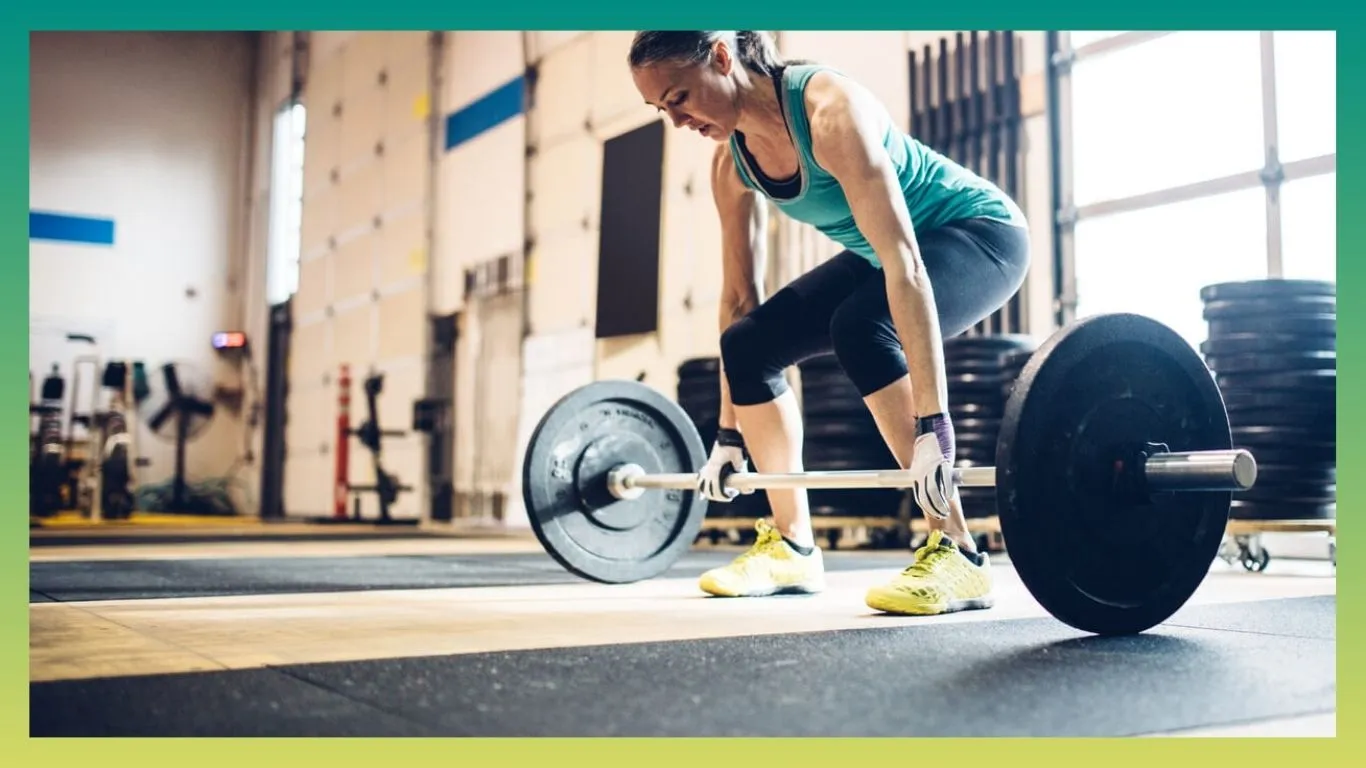Understanding Si Joint Pain: Exercises To Avoid For Relief And Prevention
When dealing with SI joint pain, it’s important to be cautious and mindful of SI joint pain exercises to avoid, as certain movements can exacerbate discomfort and hinder recovery.

Disclaimer: This article has been generated with the assistance of AI tools. While our research team has fact-checked the content, readers should independently verify information for accuracy and reliability.
SI (sacroiliac) joint pain can be debilitating, affecting mobility and quality of life for many individuals. While exercise is crucial for overall health, certain movements can exacerbate SI joint discomfort. In this article, we’ll delve into the exercises to avoid to minimize SI joint pain and promote healing and prevention.
SI Joint Pain Exercises To Avoid

- Heavy Weightlifting: Engaging in heavy weightlifting exercises such as deadlifts, squats, and overhead presses can place excessive strain on the SI joint. These movements involve significant loading of the spine and pelvis, which can aggravate SI joint pain and potentially lead to injury. Instead, opt for lighter weights and focus on controlled, low-impact exercises to strengthen surrounding muscles without compromising joint integrity.
- High-Impact Cardio: According to MedlinePlus, activities like running, jumping, and high-impact aerobics can jar the SI joint and exacerbate pain, particularly for individuals with existing SI joint dysfunction. The repetitive impact of these exercises can worsen inflammation and discomfort in the SI joint area. Instead, consider low-impact cardio alternatives such as swimming, cycling, or using an elliptical machine to minimize stress on the joints while still reaping cardiovascular benefits.
- Deep Twisting Poses: Yoga and Pilates are excellent forms of exercise for improving flexibility and strength, but certain poses involving deep spinal twisting can strain the SI joint and surrounding ligaments. Poses, like seated spinal twists and supine spinal twists, can exacerbate SI joint pain, especially if performed with improper alignment or excessive force. Modify these poses by reducing the depth of the twist or avoiding them altogether in favor of gentler, more supportive movements.
- Unsupported Forward Bends: Forward bending movements, such as touching your toes or bending forward from a standing position, can exacerbate SI joint pain if performed without proper support or alignment. These movements place undue stress on the SI joint and may aggravate existing inflammation or instability. Instead, focus on supported forward bends using props like yoga blocks or a chair to maintain proper spinal alignment and reduce strain on the SI joint.
- Leg Crossing: Crossing one leg over the other while seated or lying down can create asymmetrical pressure on the SI joint, leading to discomfort and potential misalignment. This common habit can exacerbate SI joint pain over time, particularly if done habitually. Instead, maintain neutral alignment of the pelvis and hips during seated and lying positions, and avoid crossing the legs to prevent uneven pressure on the SI joint.
Conclusion
While exercise plays a vital role in maintaining overall health and mobility, it’s essential to be mindful of movements that can exacerbate SI joint pain. By avoiding high-impact activities, heavy lifting, deep twisting poses, unsupported forward bends, and leg crossing, individuals can minimize strain on the SI joint and promote healing and prevention. Use safe joint pain supplements, if you are experiencing more pain in the joints. Consult with a healthcare professional or physical therapist for personalized recommendations and modifications to suit individual needs and limitations. With proper care and attention, individuals can manage SI joint pain effectively and maintain an active lifestyle.
Alex Milan
Alex Milan is a licensed osteopath and acupuncturist based in United States. He graduated from the British School of Osteopathy in 2017, where he received extensive training in osteopathic techniques for treating musculoskeletal conditions. Alex is passionate about providing patients with holistic, drug-free pain relief and enabling people to live active, healthy lives. He utilizes osteopathic manipulative techniques along with acupuncture and lifestyle advice to address the root causes of pain and dysfunction in the body. With expertise in areas including sports injuries, back and neck pain, headaches, and repetitive strain injuries, Alex has helped numerous patients find relief from pain and return to their regular activities.
